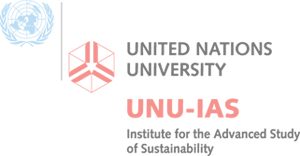Get Involved in ProSPER.Net
You can get involved in ProSPER.Net by posting comments and suggestions or “Contact Us” directly.
You involvement is always highly valued by ProSPER.Net.
A Guide for Integrating Sustainability Education into Engineering and Built Environment Curricula
[gview file=”https://prospernet.ias.unu.edu/wp-content/uploads/2013/03/Copy-of-ProSPER.Net_Guide_Ver1.xls”] Framework: The strategies and actions outlined in the document Agenda 21 on Sustainable Construction (CIB, 1999) illustrates the learning process of continual improvement of sustainable practices in the built environment sector. This course of action (Figure 1) underpins…
my test gallery.
sample available here;http://en.support.wordpress.com/images/gallery/
Get Involved…
by posting your comments and suggestions about ProSPER.Net here [slideshow_deploy id=819]

